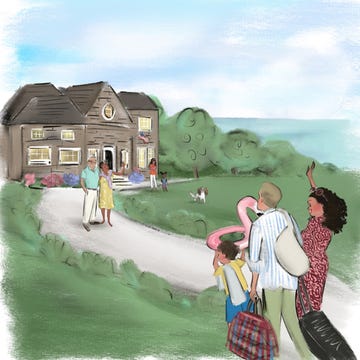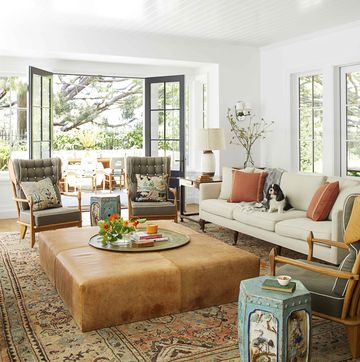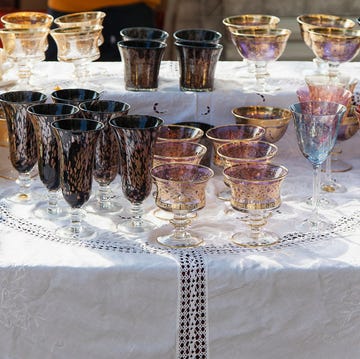6 Female Revolutionaries of 20th-Century Architecture You Need to Know
These women did a whole lot more than shatter a centuries-old glass ceiling.
While architecture is one of history’s oldest professions, dating back to the Paleolithic, women have only been part of the picture for about 100 years. Even then, Elizabeth Graziolo, founder and principal of Yellow House Architects, says architecture schools only celebrated male heroes and role models, as she never learned about women in architecture.
"There are not any true women in classical architecture that I can look back on," Graziolo says. "I know we exist; we just need to bring those women into the light for people to know about them."
She, along with Margie Lavender, senior associate at Ike Kligerman Barkley, say they were thankful for the more experienced women in their field who helped show them how a woman could successfully make it in architecture—and both have made mentorship an important priority to encourage the next generation of women in architecture.
“If you read just about anything regarding 20th-century female architects, what's so crazy is that the word that always comes up is ‘overlooked,’ ” Lavender says. “I recently watched The Vote on PBS, and it really blew my mind to see that everything we've achieved as women and everything we are doing now came from the work of those women who fought for this right to vote for 72 years.”
Discover six true 20th-century female pioneers of the architecture field right here.
Lauren Wicks is a Birmingham-based writer covering design trends, must-have products, travel inspiration, and entertaining. She’s obsessed with globally inspired textiles, hosting dinner parties, and French cocktails.
Watch Next


8 Heirloom-Worthy Finds from Field + Supply

Frank Lloyd Wright Estate Selling for $8 Million

Trends We Love from the Kips Bay New York

Peek Inside the 2023 Kips Bay New York Show House














